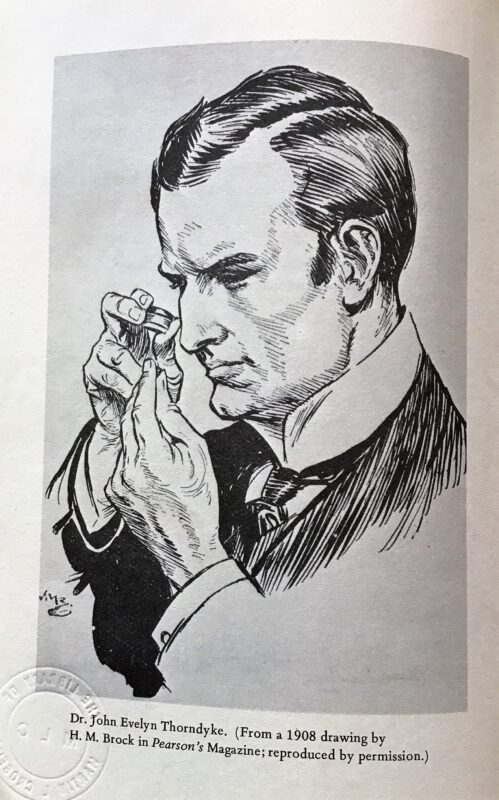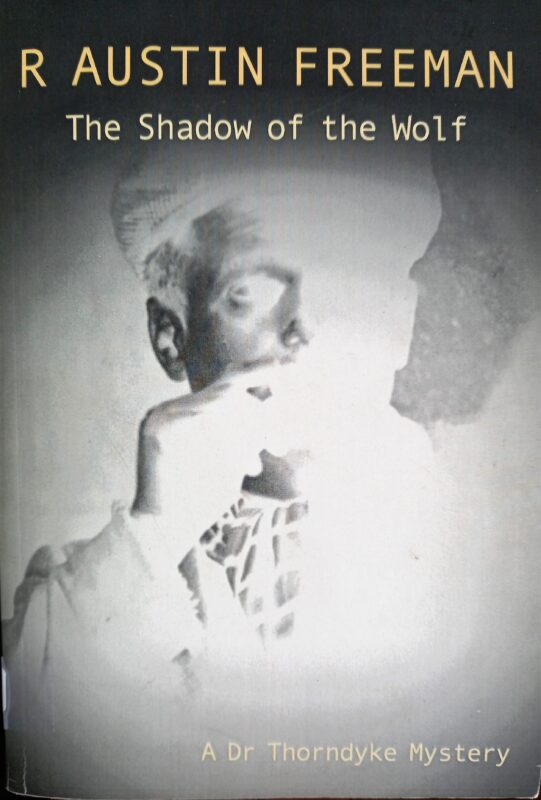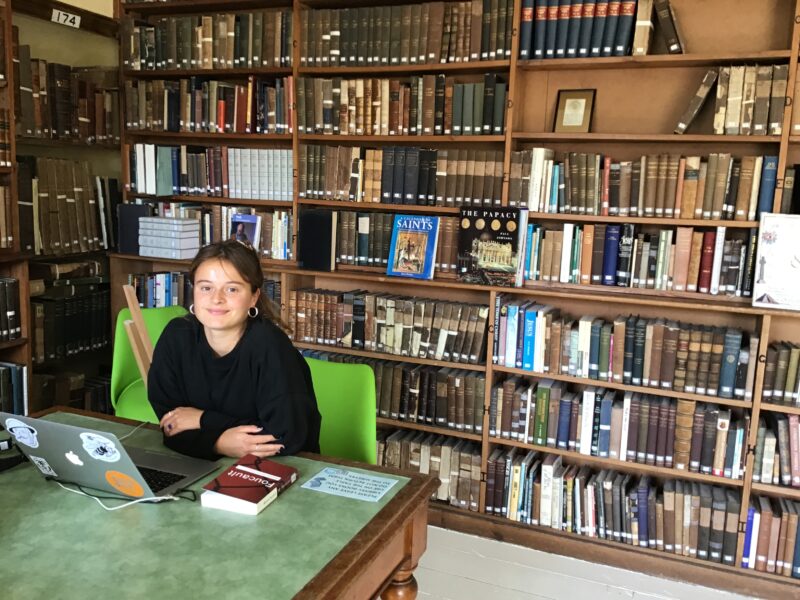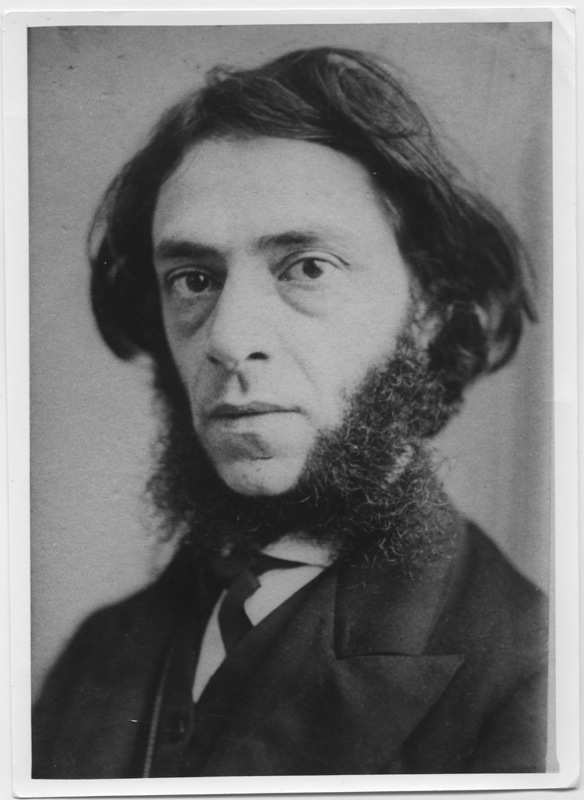Blog
Visiting Morrab Library after 19th July
Morrab Library is open to members (and their guests), but not to visitors, at this time. Here are our current opening arrangements:
- We are open Tuesday to Saturday 10.00am – 4.00pm.
- You no longer need to make an appointment to visit the library to borrow books.
- We continue to take room bookings for the first floor, so you can reserve a desk at which to work. Reserved desks are labelled accordingly, so if you haven’t pre-booked but find a table that has not been reserved, you are welcome to use that.
- Entry to the library is via the reception room where we’ll ask you to sign in for track and trace purposes, or use the mobile app to scan your location using the QR code.
- While it is no longer mandatory to wear a face covering whilst moving around the building, staff will continue to do so – please consider doing so as well. This is so that everyone may feel safe when visiting, and will also reduce the risk of closure. Hand sanitiser is also freely available throughout the building.
- Library books should be returned to staff and volunteers at the reception desk.
- The Photo Archive is open on Thursday mornings to members and visitors by appointment. Please arrange this in advance by emailing photoarchive@morrablibrary.org.uk, or calling the library to pass on a message to the team.
- The members’ common is partially reopened, and it is possible to make a cup of tea or coffee in the kitchen and take it with you around the building as before. At this stage however, it isn’t possible to remain in the kitchen beyond preparing your drink.
The ‘other’ Sherlock Holmes? R.A. Freeman’s Dr Thorndyke
Dr. Richard Austin Freeman (1862 – 1943) was a British writer of detective stories, very much in the style of Arthur Conan Doyle’s Sherlock Holmes. Library member Martin Crosfill has written a fascinating insight into the author and his character, Dr John Evelyn Thorndyke.
Dr Thorndyke: The First Professional Forensic Pathologist in Fiction?
On the Cornish fiction shelves is a book entitled “The Shadow of the Wolf ”. It is of interest partly because the action is centered around Penzance and the Bishop Rock Lighthouse, partly also because it is the first ‘inverted’ detection story. The identity of the murderer is revealed early on and the meat of the tale is concerned with the process of detection. Here is a short outline of the author’s life and work. The argument that the laurel belongs to Sherlock Holmes will be welcomed and challenged.
Click here to read Martin’s blog….


Introducing our intern – Eliza McCarthy
Morrab Library has welcomed a new intern in the last few weeks. Eliza McCarthy is an English Literature student at the Penryn campus of Exeter University, who have funded Eliza’s project through their Access to Internships programme. Halfway through her time with us, we wanted to share how Eliza’s research is progressing, and her thoughts on the library so far….

Over the course of the last month, I have been working with the extensive archive at Morrab Library on John Thomas Blight. The prolific artist and archaeologist is a familiar face around the library (his portrait hangs on the wall just outside the loo) and it has been a great pleasure to work so closely with a collection so integral to the rich history of Morrab Library.
The archive contains incredible diaries from his time at St Lawrence’s asylum in Bodmin, letters to friends and contemporaries, intricate line drawings and pages of rough sketches of sites across Cornwall. Looking through the archive, it is jarring to see such obvious evidence of Blight’s gradual downfall. His earlier sketchbooks contain countless rough sketches of familiar sights throughout West Penwith, drawings of local wildlife which are exquisitely detailed (my favourite being a small seagull, captioned ‘Little Bustard’. Clearly they’ve always been a nuisance). The later diary entries from Blight’s time at St Lawrence’s are just as detailed despite the fact his world suddenly became much smaller, with meticulous portraits of the faces of those confined alongside him, the interior landscape of the hospital, a rug, the bedframe, the heel of his newly darned sock…
It is very evident from Blight’s work, his profound, but sometimes entirely nonsensical musings crammed into tight corners of small notebooks (there must have been a paper shortage) that he so desperately wanted to leave an impression behind him, to be remembered like some of his more privileged contemporaries. Ironically, he was silenced and forgotten about within his own lifetime, swallowed by the social stigma that surrounded his poor mental health.

Of course, Blight’s somewhat sad story is well known by many of the library community. However, the goal of this project is to inject a little life into the archive, culminating in a research project that will explore some lesser known areas of the Blight story which perhaps deserve more academic attention than they initially received. I want to delve a little deeper into Blight’s time at St Lawrence’s Hospital, using his story as an anchor to Morrab Library whilst exploring the wider topic of the treatment of the ‘mad’ in the 19th Century, and what it meant on a social level to be deemed insane.
A huge thank you goes to Morrab Library for letting me come in and (gently) rifle through this incredible collection of work, and to Lisa for supplying me with chocolate and various other delightful confections whilst I do it.
